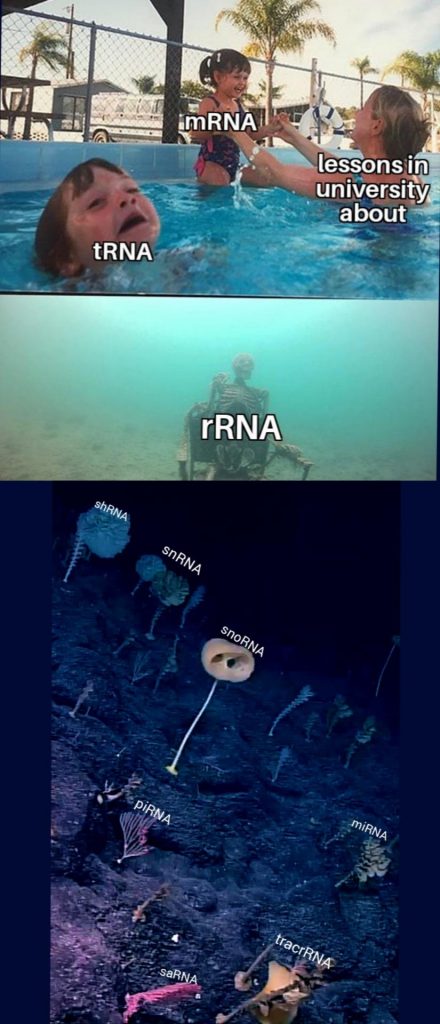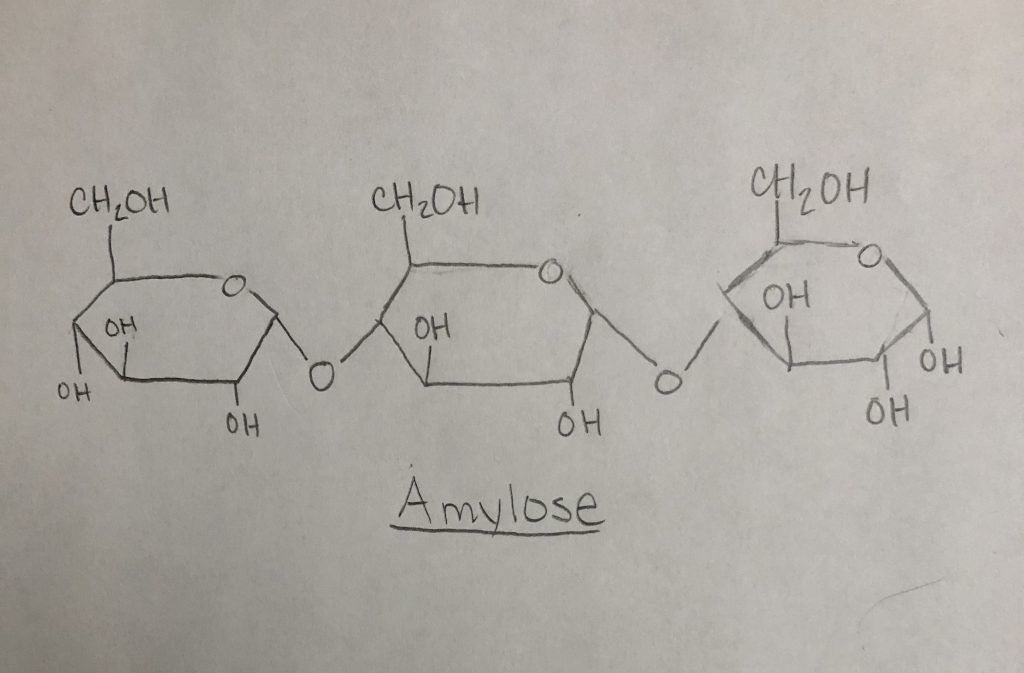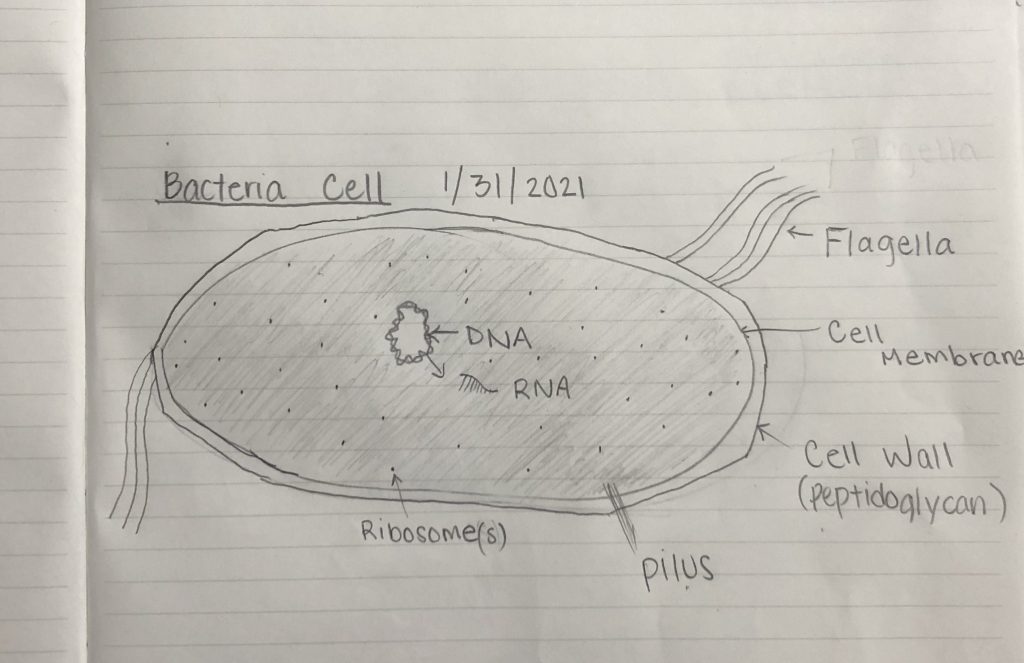Within the eukaryotic cells of multicellular organisms, a cell goes through its own life cycle as the system continues to grow and develop. This cycle consists of the interphase, where the cell grows & replicates the DNA before dividing, and mitosis, where it divides and produces a whole new cell. Sometime during this cycle, the cells may experience two forms of cell death: apoptosis and necrosis. Apoptosis is the planned & regulated form of cell death. This process is necessary for the body to continue to function as it grows. Necrosis is unplanned, and this is caused by various harmful stimuli. Necrosis could result in inflammation, and possible tissue damage. As a cell goes through these processes of dying, the various organelles inside of them experience the effects in their own ways. The cell’s nucleus contains the DNA, which is used in cell replication. During apoptosis, chromatin will become condensed and they may be fragmented by caspase-activated DNase (CAD) (abcam n.d.). Membrane blebbing will also occur, and this results in the production of apoptotic bodies, which are recognized by the immune system to dispose of them (abcam n.d.). Another organelle affected by cell death is the chloroplasts. This organelle contains chlorophyll, and together, they allow plants to go through photosynthesis. Chloroplasts may produce reactive oxygen species (ROS) when exposed to light (Van Aken & Van Breusegem 2015), and depending on the amount of ROS, they will activate signal pathways which could lead to both forms of cell death (Redza-Dutordoir & Averill-Bates 2016). Also, inside of the chloroplasts is a smaller organelle called a pyrenoid. This is responsible for the carbon-concentrating mechanism (CCM), where it provides & regulates carbon dioxide around the RuBisCO enzyme (Wikipedia2021).
Eukaryotic organisms capable of photosynthesis called algae may be found in various freshwater or marine habitats throughout nature. One example of algae is Pandorina morum, a species of green algae found in freshwater habitats. They can form small colonies and consist of chloroplasts & pyrenoids (Wikipedia 2021). Like Pandorina morum, a species called Volvox aureus may also be found in freshwater habitats, but they can form much larger colonies (Umen 2020). Unlike the previous examples, algae called Chlorella consist of unicellular organisms. Although, they may also be found in freshwater systems, and they are capable of photosynthesis. Also, Chlorella is a major food source as it contains various nutrients (Masojidek & Torzillo 2008). These previous examples of algae all belong to the green colored algae group. Algae may also be classified as red, or brown. One example of red algae is Rhodochorton. This genus of algae may be found in many marine habitats. Rhodochorton may be found in caves, or on the surfaces of plants & rocks (Wikipedia 2021).
In a six-week experimental period, scientists performed taphonomy experiments on the four species of algae. Taphonomy involves the study of how an organism decays and becomes fossilized or preserved (Wikipedia 2021). When experimentation began, live samples of each algae species were recorded. Soon after, all four of the algae species were killed using β-mercaptoethanol (BME). During the six weeks, the samples were recorded every two to three days (Carlisle et al. 2021). Also, during the experiment, another set of the same algae species were placed within oxic and anoxic environments. These environments had little to no effect on the decomposition patterns of the algae species. When they were compared to previous experiments, the anoxic environment showed evidence of slower rates, but not enough to completely alter the decay.
Starting with Volvox aureus, only a few changes were observed soon after sample death. The nucleus was originally visible in 70% of the cells, but this dropped almost 35% after death. Similarly, pyrenoid visibility was seen in 60% of the cells, and dropped 45% early in the experiment. Over time, visibility of both organelles gradually decreased. The most notable change observed was the presence of holes and thinning on the chloroplasts. 0% of the cells had holes/thinning while they were alive. After death, 40% of the Volvox aureus cells had holes or were thinning. After 7-10 days, the presence of holes & thinning could be observed in 95-100% of the sample’s cells for the rest of the six-week experiment period. Also, there was no evidence of chloroplasts collapse, or total cell collapse for this species sample. These trends and observations were similar in both oxic and anoxic conditions (Carlisle et al. 2021).
The trends/patterns of the algae species Pandorina morum were similar to those seen in Volvox aureus. The cells shared a similar graphical trend of nucleus and pyrenoid visibility, and both organelles gradually decayed over the six weeks. This sample also displayed a large percentage of holes & thinning of the chloroplasts. 11-13 days after being euthanized, thinning and deformed shapes rose to 85%. A new observational trend could be seen in this species sample. Immediately after cell death, total cell collapse was observed in 100% of the sample and remained within a range of 85-100% for the rest of the experiment (Carlisle et al. 2021).
In the third species sample, Chlorella, no new observational trends were introduced to the experiment. Although, when compared to the previous species samples, nucleus visibility could be observed in more of the sample cells. Also, thinning and holes on the chloroplasts appeared a few weeks later compared to Volvox aureus and Pandorina morum. This pattern of decay could be observed at 100% three weeks after cell death, and it would remain up to week six. (Carlisle et al. 2021)
For the last sample, the red algae species, Rhodochorton, introduced two new color patterns, which were absent in previous graphs. The most notable pattern was the collapse of the chloroplasts. When the red algae species was euthanized, there was very little change at first, but a week after cell death, chloroplasts collapse was observed in 95% of the Rhodochorton cells. This would drop to 35% of the cells by day 15 and would rise once again a few days after. Chloroplasts holes gradually increased during the experiment. By the end of the experiment holes could be seen in 40% of the species. Nucleus visibility dropped to 5% a week after death and remained below 20% for five weeks. (Carlisle et al. 2021)
In relation to the taphonomy experiments performed on the various algae species, many of the organelles that were previously mentioned may be observed in numerous fossils of eukaryotic organisms. For example, in the fossils of Caryosphaeroides and the Zelkova leaf, chloroplasts may be spotted within the bodies of the organisms. Also, in the fossil of the Weng’an Biota, a nucleus may be spotted. It is interesting to see how these fossils were able to maintain various organelles over time. This information provides researchers and scientists with evidence of structures within living organisms from thousands to millions of years before.
References
Nuclear condensation, DNA fragmentation and membrane disruption during apoptosis. abcam.com, https://www.abcam.com/kits/nuclear-condensation-dna-fragmentation-and-membrane-disruption-during-apoptosis
Van Aken O., Van Breusegem F. (2015). Licensed to Kill: Mitochondria, Chloroplasts, and Cell Death. Trends in Plant Science 20, 754-766.
Redza-Dutordoir M., Averill-Bates D. (2016). Activation of apoptosis signaling pathways by reactive oxygen species. Biochimica et Biophysica Acta (BBA) – Molecular Cell Research 1863, 2977-2992
Wikipedia contributors. (2021a). Pyrenoid, https://en.wikipedia.org/wiki/Pyrenoid
Wikipedia contributors. (2021b). Pandorina, https://en.wikipedia.org/wiki/Pandorina
Umen, J. (2020). Volvox and volvocine green algae. Biomedcentral, https://evodevojournal.biomedcentral.com/articles/10.1186/s13227-020-00158-7
Masojidek J., Torzillo G. (2008). Mass Cultivation of Freshwater Microalgae. Encyclopedia of Ecology, 2226-2235
Wikipedia contributors. (2021c). Rhodochorton, https://en.wikipedia.org/wiki/Rhodochorton
Carlisle, E.M., Jobbins, M., Pankhania, V., Cunningham, J.A., and Donoghue, P.C.J. (2021d). Experimental taphonomy of organelles and the fossil record of early eukaryote evolution. Science Advances 7, eabe9487
Wikipedia contributors. (2021e). Taphonomy, https://en.wikipedia.org/wiki/Taphonomy



